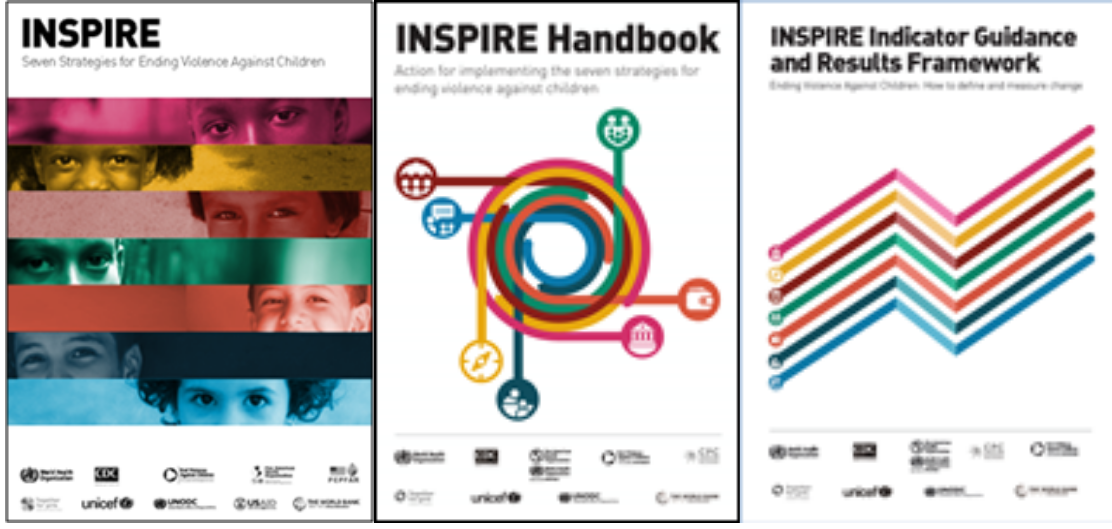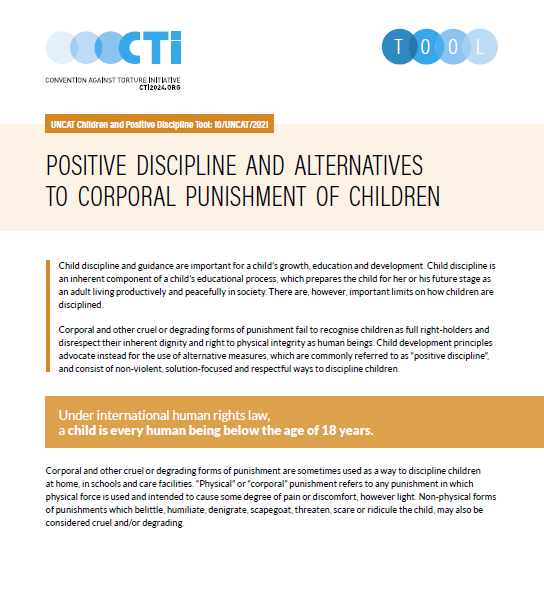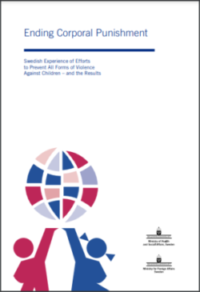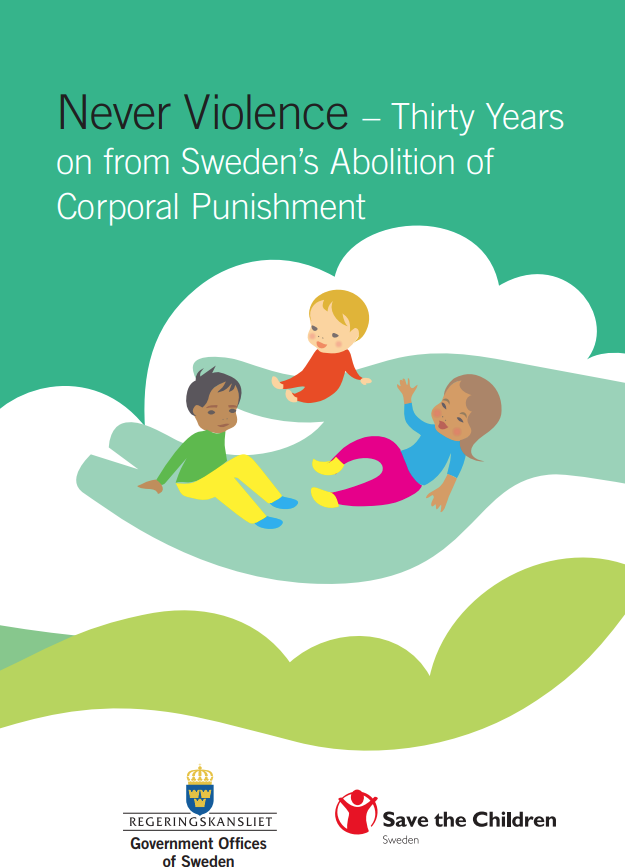From prohibition to elimination
The ultimate goal of prohibiting corporal punishment and other cruel or degrading treatment or punishment is to ensure that no child ever experiences it, by eliminating its use altogether. Achieving prohibition in law sends a clear message that hitting and hurting a child, for whatever reason, is wrong, just as hitting and hurting adults is wrong.
But law reform alone will not eliminate corporal punishment. Steps must be taken to put prohibition into practice, so that corporal punishment is no longer seen as acceptable, and attitudes and behaviour across society shift towards positive, non-violent childrearing methods.
In our Implementation Guidance we describe the five key steps for moving from prohibition to elimination of corporal punishment. With sections on each of the steps, the guidance describes how straightforward measures can be implemented to make effective progress in eliminating violent punishment of children.

Resources to support implementation
Implementation Guidance: a strategy to eliminate violent punishment of children
Published as part of the Together to #ENDviolence high-level international conferences on prohibiting and eliminating corporal punishment in 2021, this guidance aims to provide practical information to support the implementation of laws prohibiting corporal punishment in all settings, describing the key steps for moving from prohibition to elimination of corporal punishment.
The guidance is available in Arabic, Chinese (Mandarin), Croatian, English, French, Korean, Portuguese, Russian, Serbian, Spanish and Urdu. We are open to working with partners to produce additional translations.
Set of guidance reports to support effective implementation of a ban on corporal punishment
These six guidance reports, including a step-by-step guide on implementation and guides to support service provision, awareness campaigns and more, are informed by a series of national consultations and expert meetings held across the Baltic Sea Region as part of a two-year project, Non-violent Childhoods: Moving on from corporal punishment in the Baltic Sea Region, led by the Council of the Baltic Sea States in cooperation with the Global Initiative and supported by the European Commission.
INSPIRE: Seven strategies for ending violence against children (external link)
This technical package by the World Health Organisation and nine other agencies aims to support efforts to prevent and respond to violence against children, including through implementation and enforcement of laws (including prohibiting corporal punishment), social norm change, parent and caregiver support and more.
Positive discipline and alternatives to corporal punishment of children
A tool produced by The Convention against Torture Initiative (CTI) and Child Rights Connect showcasing good practices of States to end corporal punishment of children, in alignment with the UN Convention against Torture and the Convention on the Rights of the Child. Featuring examples from over 30 different countries from diverse regions, explaining how States have changed their laws, policies, practices as well as public opinion. Also available in Arabic, French, Russian and Spanish.
Preliminary list of measures needed to accompany/follow prohibition
- Wide dissemination and explanation of the law and its implications
- Detailed guidance, for all involved, on how the law prohibiting violent punishment should be implemented in the best interests of children
- Communication of children's right to protection from corporal punishment and all other cruel or degrading forms of punishment to children and adults
- Promotion of positive, non-violent forms of discipline to the public, children, parents, other carers, teachers, etc
- Dissemination of information on the dangers of corporal punishment
- Integration of implementation/enforcement of the prohibition into the national and local child protection system
- Identification of key public figures and a wide range of partners who can support implementation of the law and transformation of attitudes
- Attraction of necessary resources
- Evaluation of the impact of law reform and other measures, through a baseline survey and regular follow-up surveys, interviewing children and parents
Planning for change
A national plan should be developed by the government with other potentially active partners on how to progress from prohibition to elimination. This could be a distinct plan or an integral element in a national plan to eliminate all forms of violence against children.
A review is likely to be needed, covering:
- what action there has been - including development of programmes and materials - challenging corporal punishment in the home and family, local community, schools and other institutions, all forms of alternative care and day care, child labour and penal systems for children
- the structures of all relevant national and local services impacting on children and families which could be used as a communications vehicle to support the move away from violent punishment
- available research on the prevalence of and attitudes towards violent punishment of children.
Possible channels and opportunities/contact points for communication of key messages
- Birth registration
- Pre- and post-natal services
- All other health service and health practitioner contacts with parents, future parents and children
- Pre-school entry, school entry, school curriculum and informal educational settings
- Social and welfare services in contact with children (including children in all non-family settings) and with families
- Initial and in-service training of all those working with and for families and children, including teachers, care workers, etc
- Elements of civil society in contact with children and families, including religious/faith groups
- Mass media, internet, social networking, etc
Additional articles and reviews on the implementation of laws prohibiting corporal punishment
End Corporal Punishment: Swedish Experience of Efforts to Prevent all Forms of Violence Against Children - and the Results (2001)
Produced by the Swedish Ministry of Health and Social Affairs and Swedish Ministry for Foreign Affairs
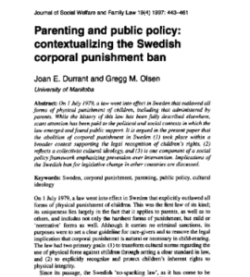
Parenting and public policy: Contextualizing the Swedish corporal punishment ban
Joan E. Durrant & Gregg M. Olsen (1997), Journal of Social Welfare and Family Law, 19:4, 443-461, DOI:
Never Violence – Thirty Years on from Sweden’s Abolition of Corporal Punishment (2009)
Produced by the Government Offices of Sweden and Save the Children Sweden



